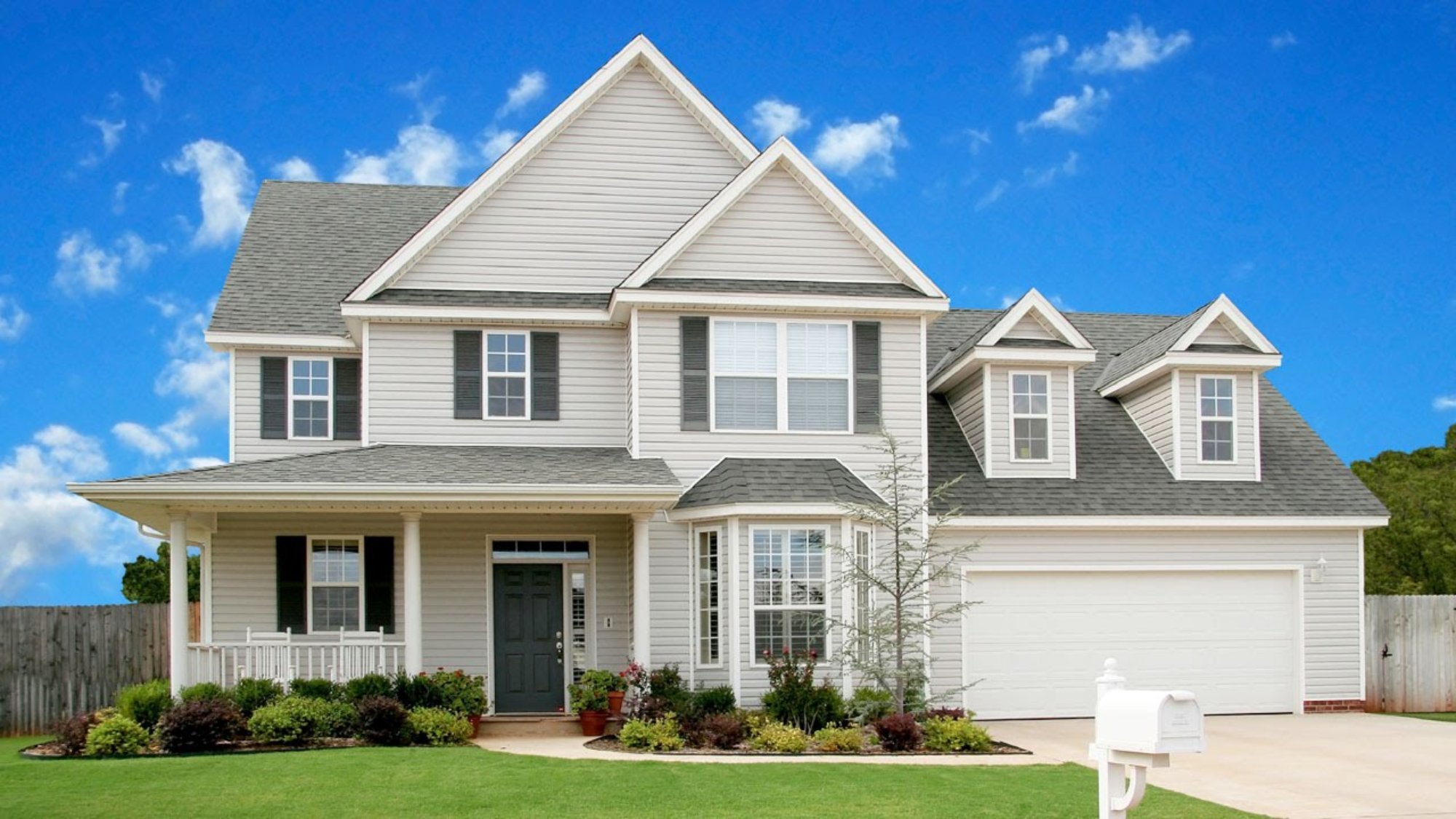- Product Name
- Product Keyword
- Product Model
- Product Summary
- Product Description
- Multi Field Search
Views: 15 Author: Site Editor Publish Time: 2018-01-18 Origin: Site

When I think of concrete buildings, I think of dense, heavy concrete with a high environmental impact: Cement manufacturing accounts for 5 percent of global CO2 emissions from human activity, a staggering total for one building material. But utilizing more environmentally-friendly alternatives, such as autoclaved aerated concrete (AAC) blocks, does offer many benefits.
Chemical reactions with gases make autoclaved aerated concrete a lighter, more insulatied and fire-resistant alternative to concrete. AAC blocks and panels can also be molded and cut into dimensional units. Generally, they're more popular in post-war Europe than in the US - and they have been widely used in the UK and Germany.
Lightweight
AAC blocks are 80 percent air and 50 percent lighter than clay blocks of the same size, meaning they require less energy than concrete to transport. Compared to concrete AAC is also easier to cut and shape, boosting design flexibility and reducing waste with more accurate cutting.
Durable
AAC blocks are insect - and rot-resistant, and they are not destroyed by floods, according to the Portland Cement Association. These attributes are especially appealing in humid climates, and the use of AAC blocks can help reduce or eliminate the use of drywall or wood, preventing mold issues. The blocks are also sound resistant, and because they are non-combustible, they do not give off toxic fumes in a fire.
Energy efficiency
The R-value is similar to a typical stick frame house, but the blocks have a greater thermal mass - making the home more resistant to changing temperatures. This seems like a light improvement over many code-built homes on the market, but AAC blocks alone don't make a house ultra energy efficient.
Drawbacks to AAC
Because AAC contains concrete, it does have some of the same environmental drawbacks of concrete - but to a lesser extent because less cement is used to make the product. AAC is more expensive than concrete blocks, thus some builders mix use of both tradtion cement and AAC.
Fly ash in concrete raises concern
As much as 30 percent of the concrete can be replaced by fly ash, a hazardous coal combustion byproduct from coal power plants. This practice is praised by many industry groups and criticezed by some environmentalists, who call it the new asbestos.It does raise safe handling and health concerns from production to end-of-life disposal.
There is currently a proposed rule by the EPA to would regulate coal ash use. This could have an impact on the cement industry, as fly ash is contained in many products. "It's very complicated," says Scot Horst, senior vice president in charge of the green-building rating system Leadership in Energy and Environmental Desigh (LEED). "If fly ash is a hazardous waste and it becomes part of a concrete wall, is the wall a hazardous material?"
Overall, AAC does have some appealing qualities when compared to typical cement. Locally-produced AAC blocks are available in many areas, but the benefits are most pronounced in certain climates, where certain attributes are especially appealing, In colder climates, the AAC blocks alone won't perform as well.
Ultimately, like with many others, how green and useful this alternative building product is depens on the use and goals of a particular project.